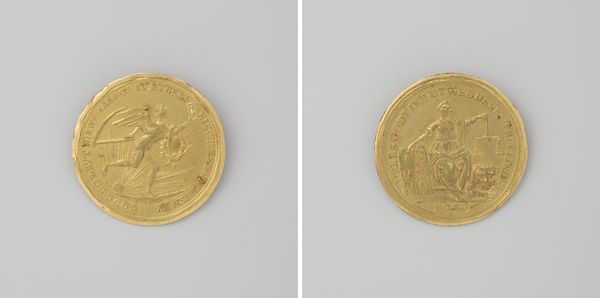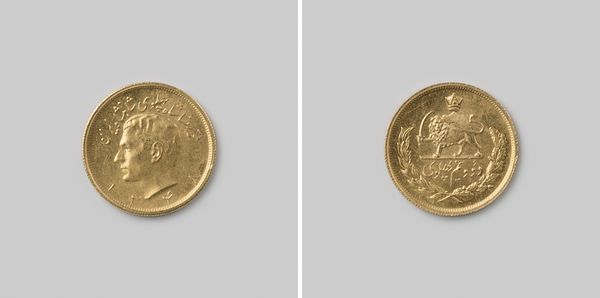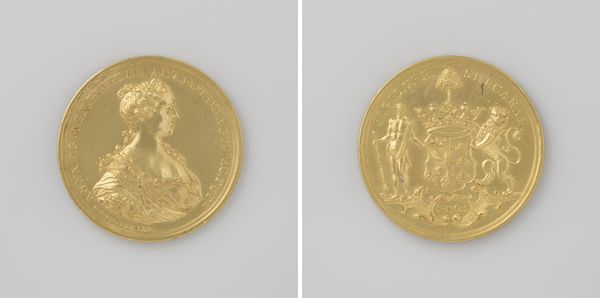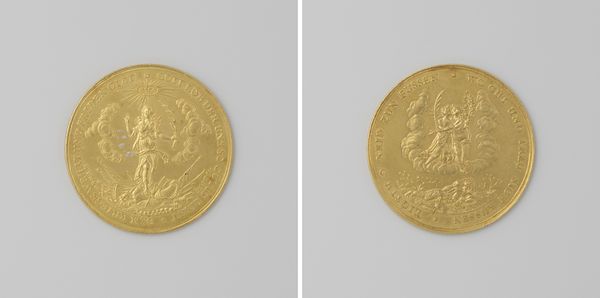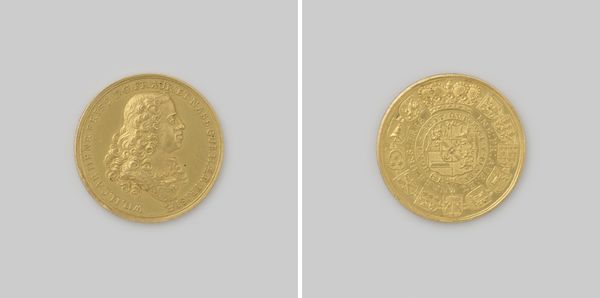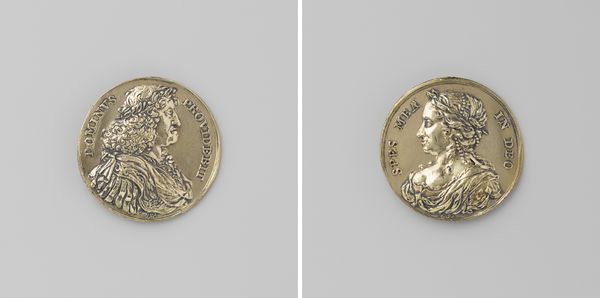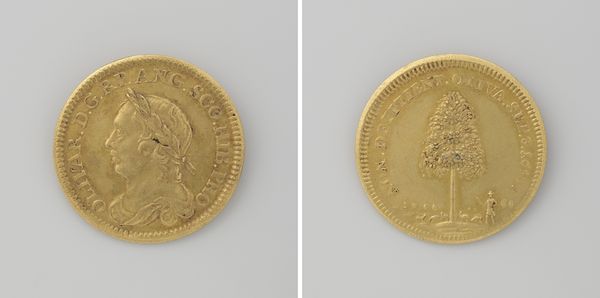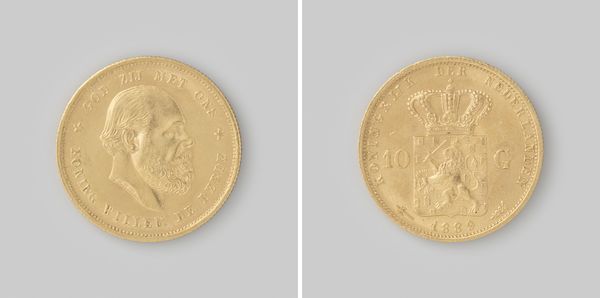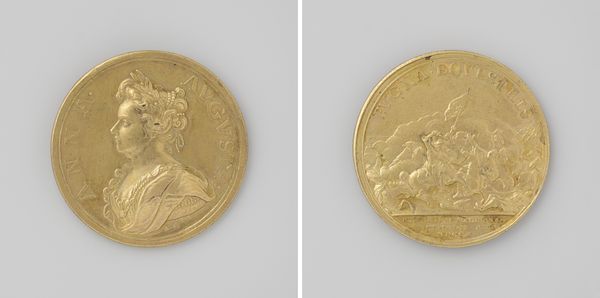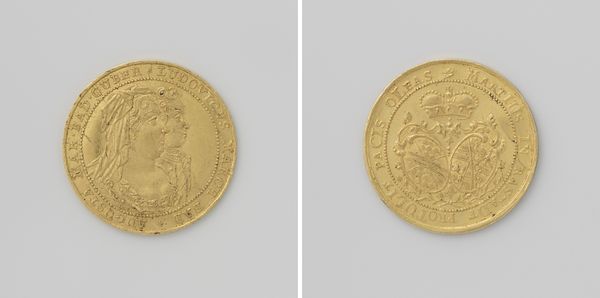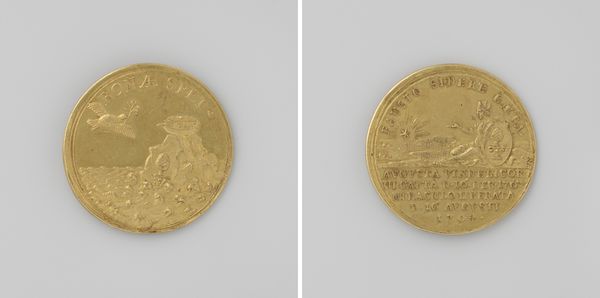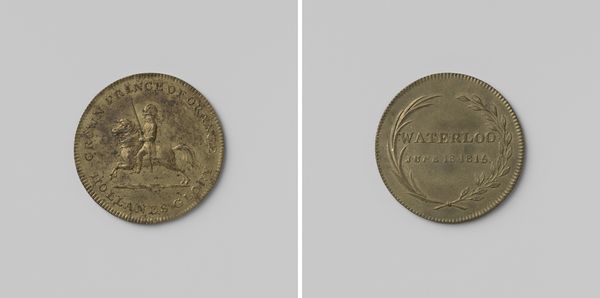
Zeeslag bij Kaap La Hogue, de Fransen verslagen door de vloot van Engeland en Holland 1692
0:00
0:00
metal, relief, bronze, sculpture, engraving
#
portrait
#
medal
#
baroque
#
metal
#
relief
#
bronze
#
classicism
#
sculpture
#
history-painting
#
engraving
#
miniature
Dimensions: diameter 3.9 cm, weight 35.28 gr
Copyright: Rijks Museum: Open Domain
Editor: This beautiful bronze relief from 1692, by Jacob van Dishoecke, commemorates "Zeeslag bij Kaap La Hogue," the naval battle where the English and Dutch defeated the French. It’s small, but impactful. The imagery seems very deliberate... almost like propaganda? What do you see in it? Curator: You’re spot-on with that assessment, I think. Looking at it, I'm struck by the duality. We're seeing, in essence, a material declaration, a symbolic pat on the back struck in bronze, boasting of victory, but is victory ever truly so clean? This wasn't just a battle, it was a clash of empires, of egos, of ideologies represented through these exquisitely crafted miniatures. Editor: The miniature aspect really gets me too. Knowing this commemorates a whole naval battle… it almost feels like a souvenir. Was it common to memorialize battles in this way? Curator: Absolutely. These medals were badges of honor, little portable power statements. They speak volumes about how societies choose to remember—or perhaps, *want* to remember—historical events. Consider the artistry involved in compressing so much narrative onto such a small canvas. Do you see how the composition emphasizes order and triumph? Editor: Yes, even though it's small, there's a lot happening. I'm starting to think about the decisions that went into showing *this* version of the battle, on this scale. Curator: Exactly! It makes you wonder about all the untold or conveniently forgotten stories behind the gleaming facade, doesn't it? Even the most meticulously crafted monument only gives you a version of the truth, or at least someone's version of it. Editor: This has totally changed my perception; what I thought was just a simple medal, is now, a powerful object, prompting me to reflect on its story and history. Curator: Absolutely. Sometimes the smallest objects tell the biggest stories! And prompt the biggest questions.
Comments
No comments
Be the first to comment and join the conversation on the ultimate creative platform.
